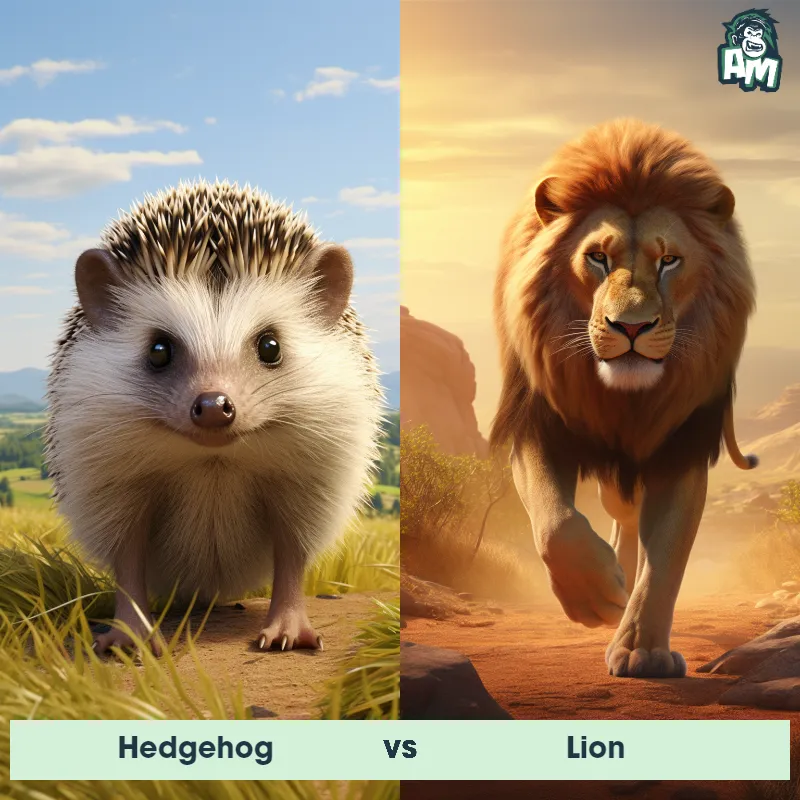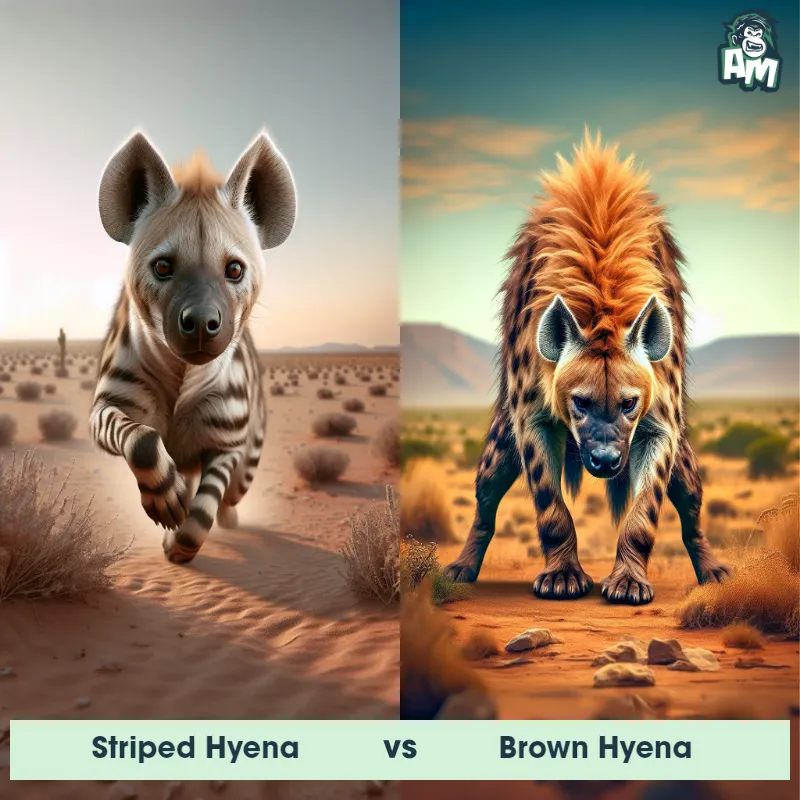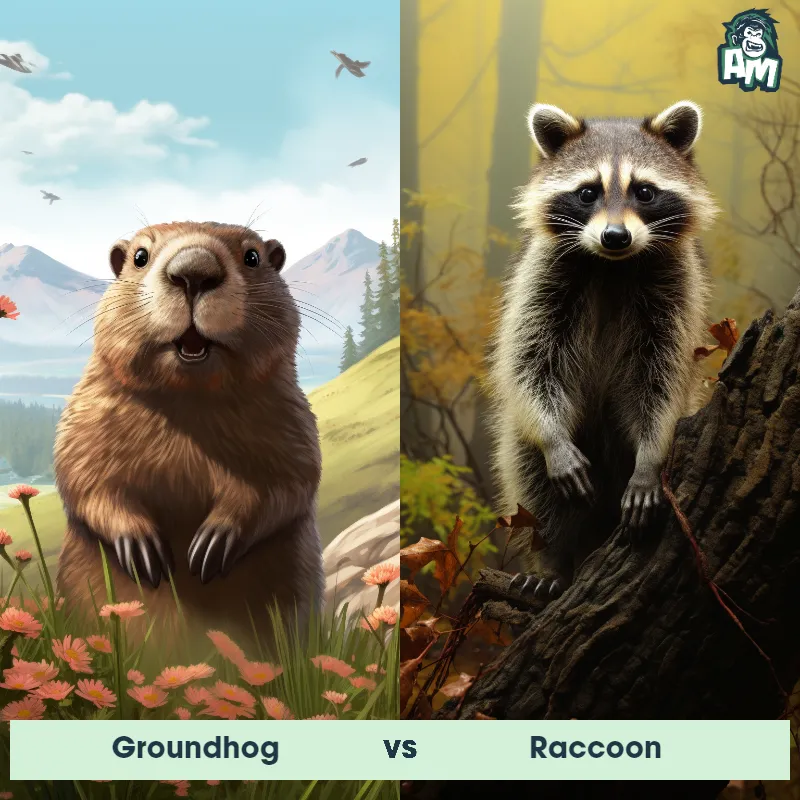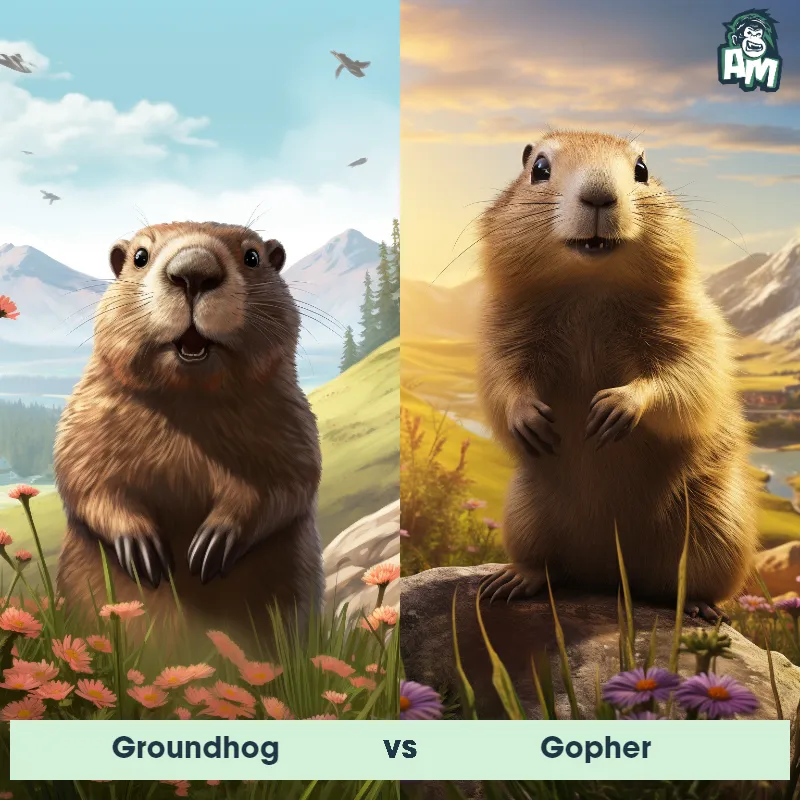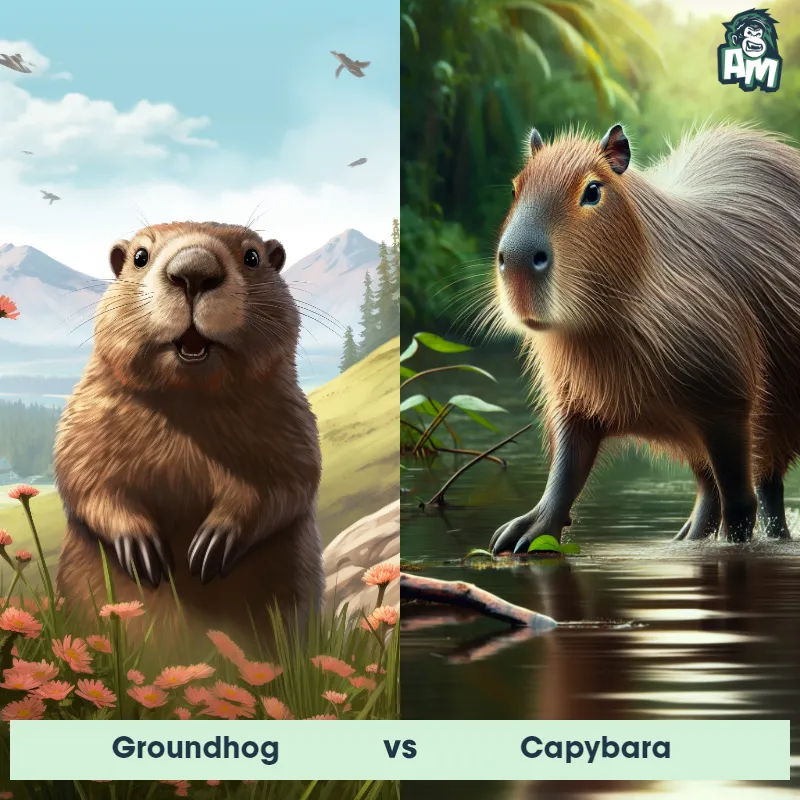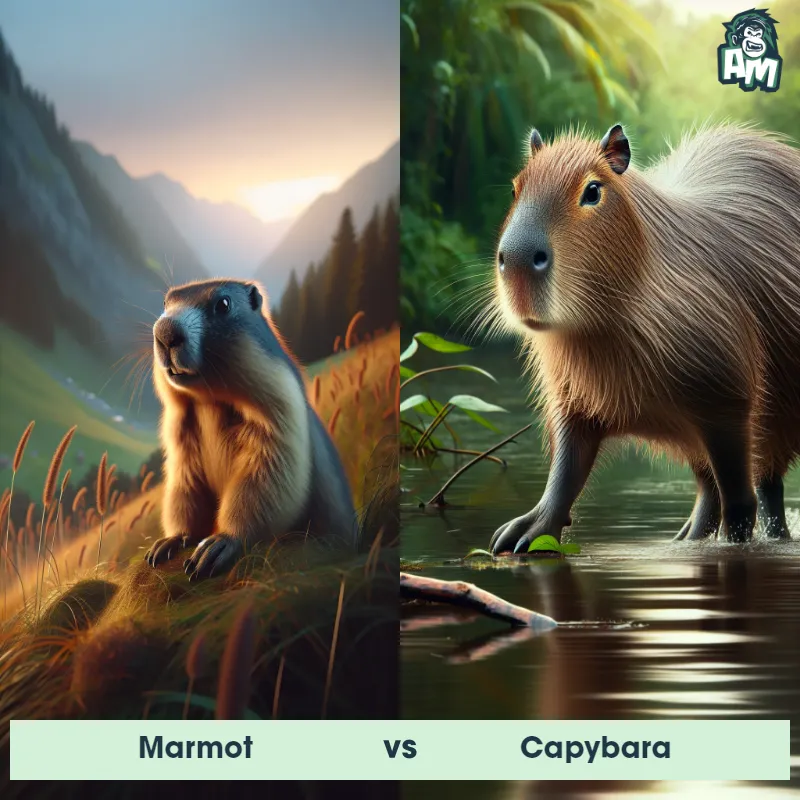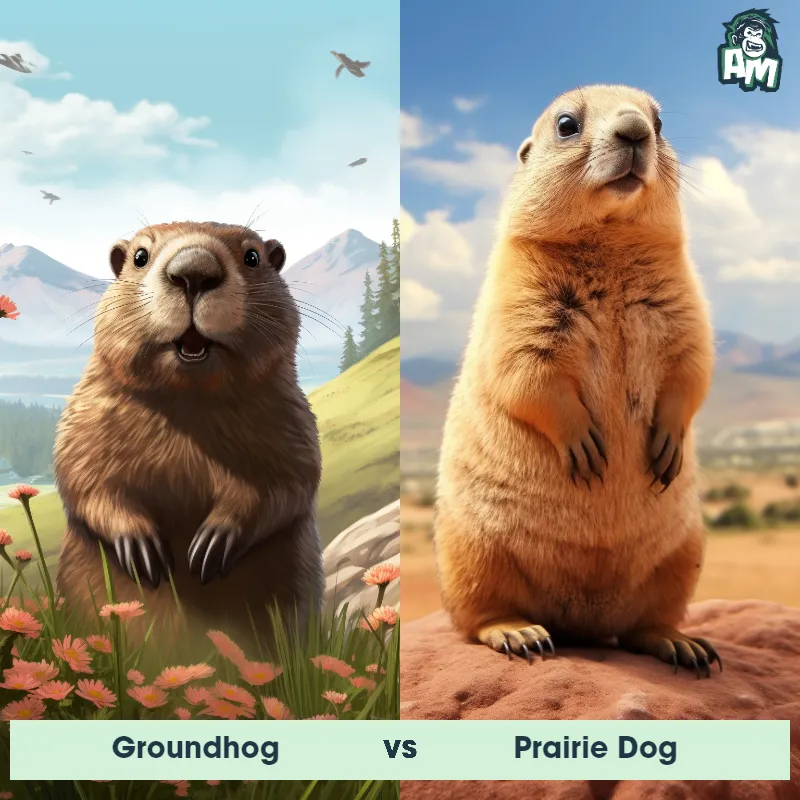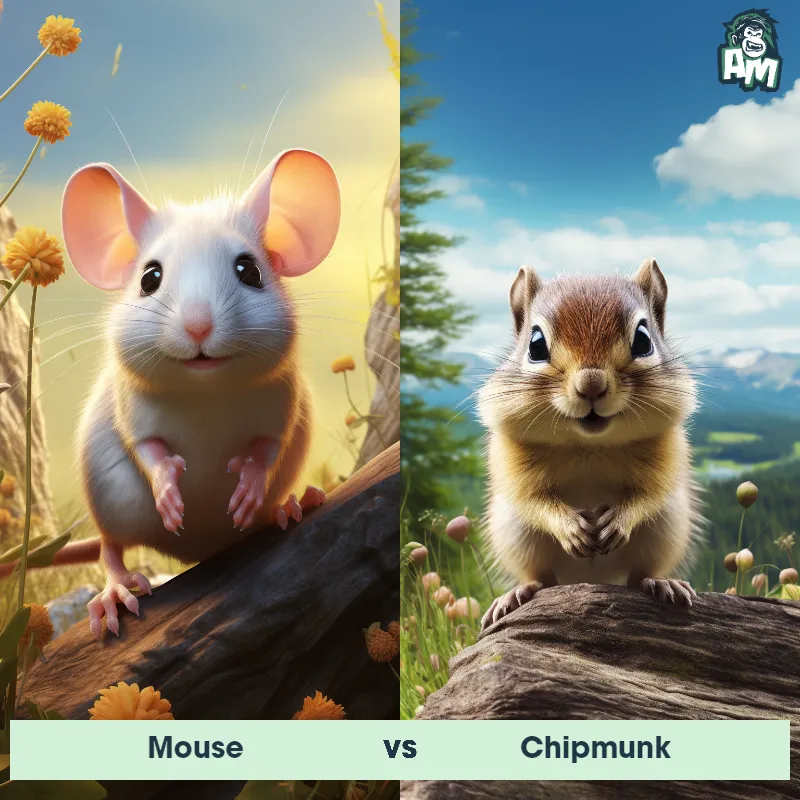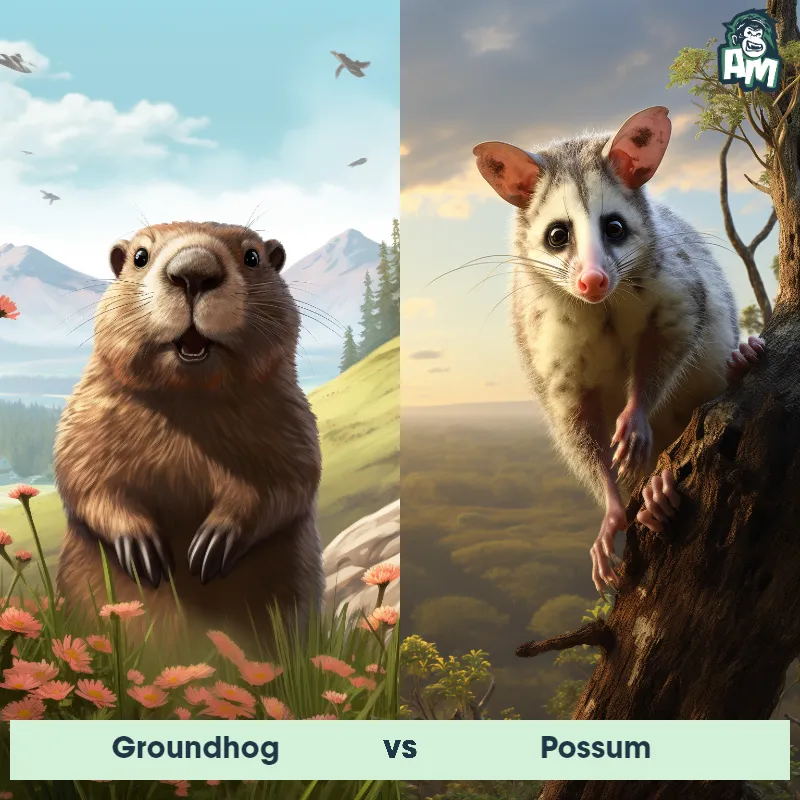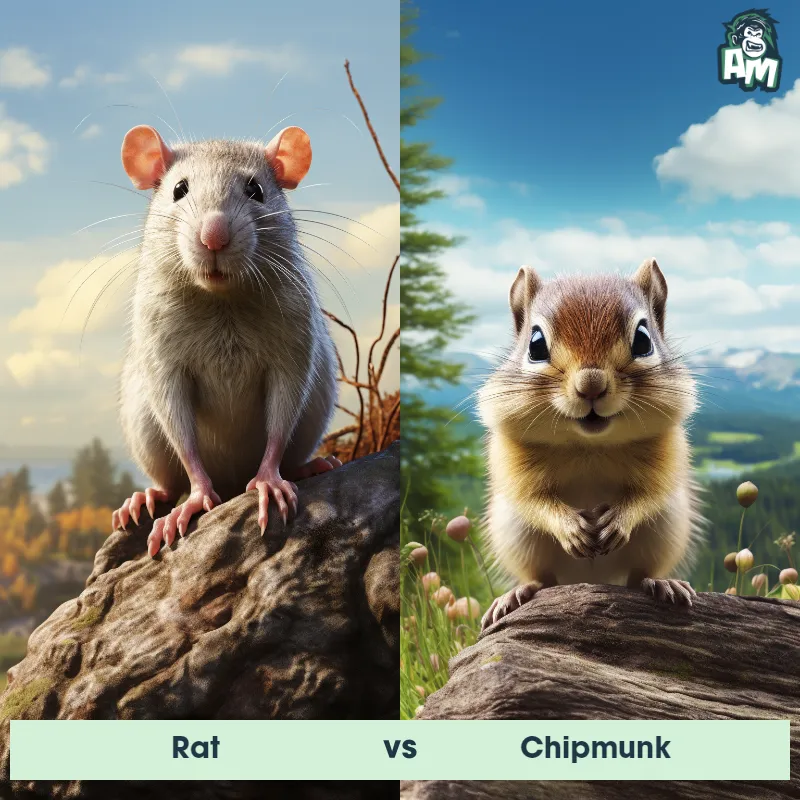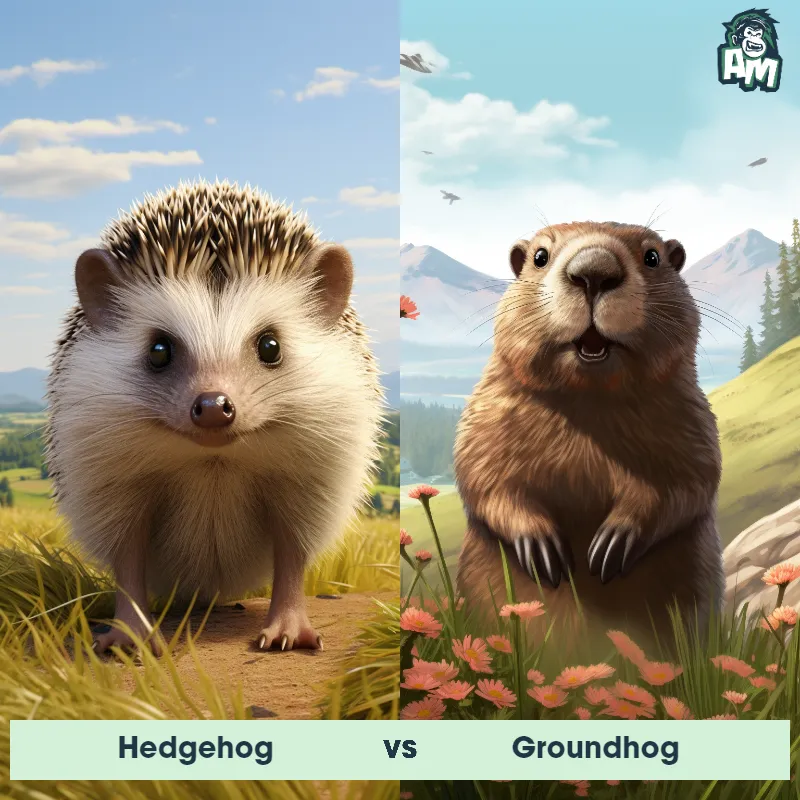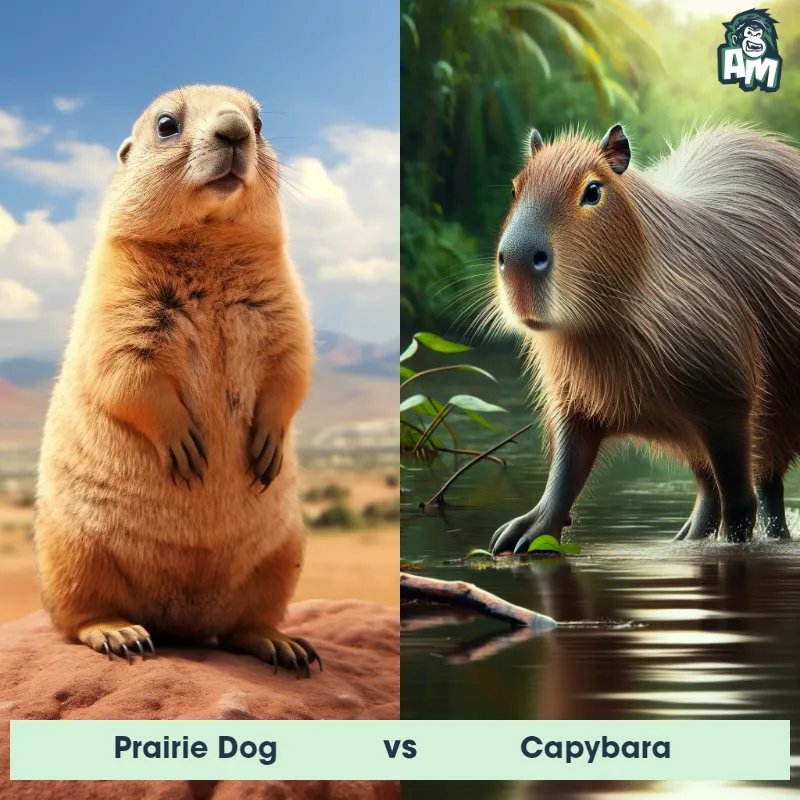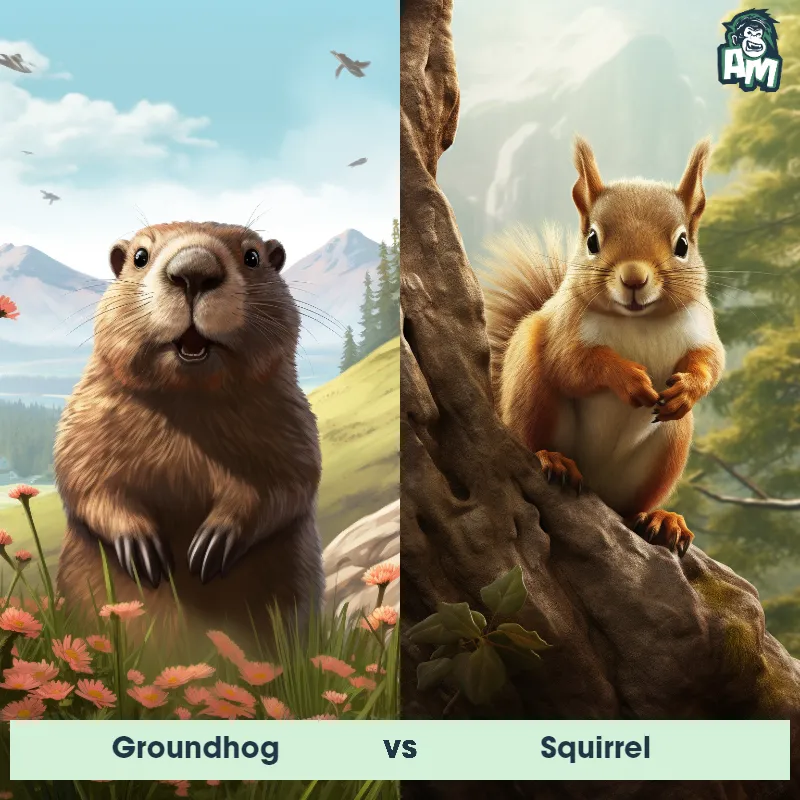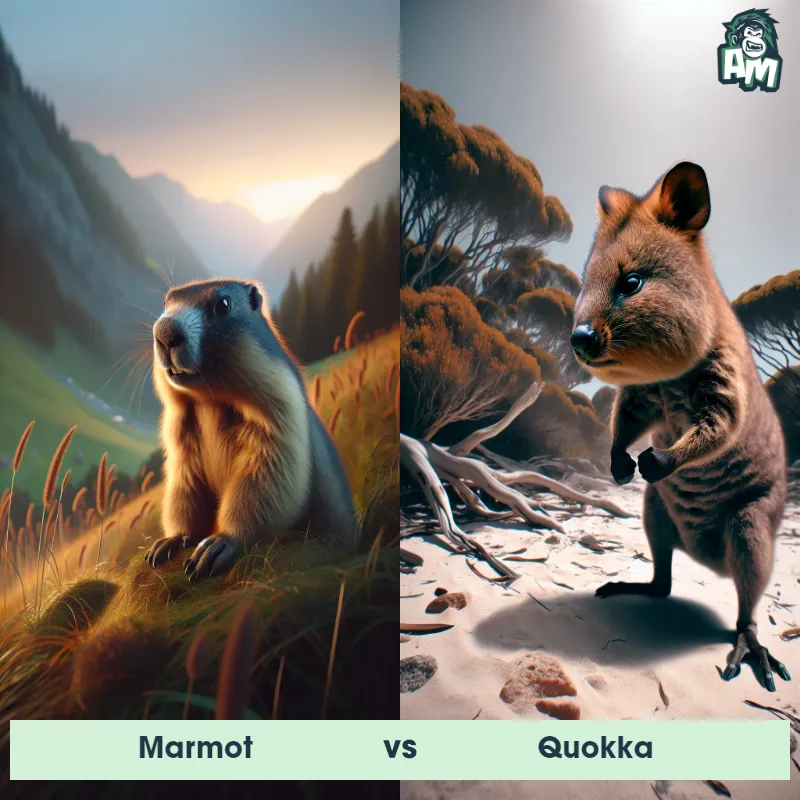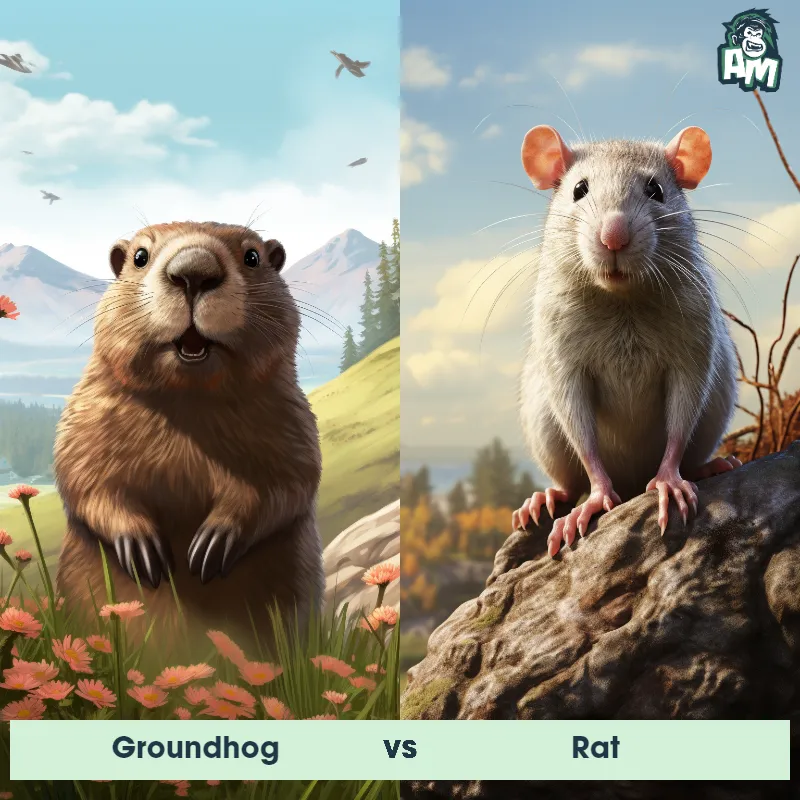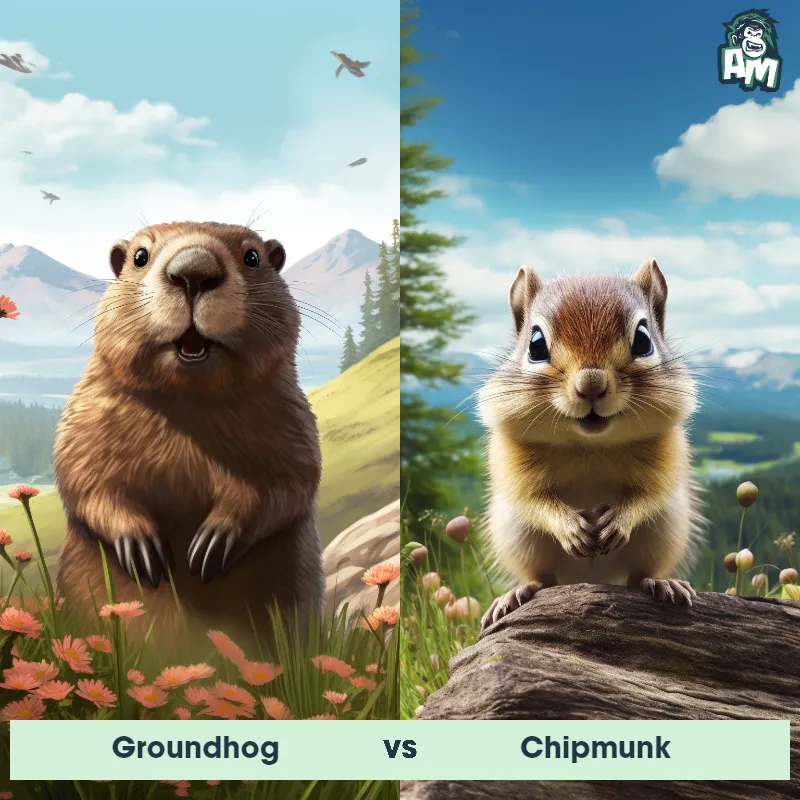Groundhog vs MarmotSee Who Wins

Ladies and gentlemen, welcome to this incredible showdown here tonight! We have a clash of the titans as two burrowing beasts step foot inside the ring. In one corner, weighing in at, well, who knows because scales are outdated, we have the Groundhog! And in the other corner, weighing just a tad bit less maybe, we have the Marmot! These critters are ready to throw down in an explosion of furry fury. Let's see who will come out on top in this epic three-round battle!
Contender 1: Groundhog
The Groundhog, also known as a woodchuck, is a rodent of substantial size known for its burrowing habits. Groundhogs possess a stout body, weighing up to 14 pounds and measuring up to 26 inches long. They have a grizzled, grayish-brown fur, short ears, a small tail, and sharp claws which are well-adapted for digging. The Groundhog's diet primarily consists of grasses, fruits, and vegetables, and they are often found in meadows, pastures, and along the edges of woodlands.
Fun Fact: Groundhogs are not only skilled diggers but also efficient swimmers and climbers, surprising traits for their seemingly clumsy build.
Contender 2: Marmot
The Marmot, also known as a groundhog or woodchuck, is a medium-sized rodent belonging to the squirrel family. It is characterized by its stout body, short legs, and bushy tail. Marmots have a short, coarse fur that can vary in color from brown to gray, depending on the species. They are well adapted to an underground lifestyle, with strong claws for digging burrows that can be up to 30 feet long. Marmots are social animals, living in colonies that consist of complex tunnel systems with separate chambers for nesting and hibernating. They are herbivores, feeding primarily on grasses, leaves, and flowers.
Fun Fact: Marmots are excellent diggers and can move up to a ton of soil when constructing their burrows.
Matchup Stats
| Groundhog | Marmot | |
|---|---|---|
| Size | Up to 26 inches long (66 cm) | Up to 2 feet long (60 centimeters) |
| Weight | Up to 14 pounds (6.35 kg) | Up to 13 pounds (6 kilograms) |
| Speed | 12 mph (19 km/h) | 20mph (32km/h) |
| Key Strength | Sharp claws for digging and defense | Agility and ability to retreat into burrow |
| Biggest Weakness | Stout body, not built for speed | Relatively small size and lack of offensive weapons |
Current Votes
Groundhog vs Marmot
See Who Wins
View More Matches
Looking For More?
Similar Matches
Scientific Stats
| Groundhog | Marmot | |
|---|---|---|
| Scientific Name | Marmota monax | Marmota |
| Family | Sciuridae | Sciuridae |
| Habitat | Meadows, pastures, and edges of woodlands | Mountains and meadows |
| Geography | North America | North America, Europe, Asia |
| Diet | Grasses, fruits, and vegetables | Herbivorous, primarily grasses, leaves, and flowers |
| Lifespan | 3 years - 6 years | 6 years - 10 years |
Key Differences between Groundhog and Marmot
- Facial features: Groundhogs have a more rounded face with shorter ears compared to Marmots, which often have a slightly elongated face and longer ears.
- Habitat: Groundhogs are mainly found in the eastern and central parts of North America, inhabiting burrows in open fields and meadows. Marmots, in contrast, are found in mountainous regions across various continents, including North America, Europe, and Asia.
- Size: Groundhogs typically grow larger than Marmots, with an average weight of 13-18 pounds for groundhogs compared to 7-13 pounds for Marmots.
- Behavior: Groundhogs are known for their burrowing habits and hibernation during the winter, while Marmots are more social animals, often living in colonies and using shrubs and rocks as shelter.
- Tail length: Groundhogs possess shorter and bushier tails, usually around 10-12 inches long, whereas Marmots have longer and thinner tails, averaging around 7-9 inches in length.
- Fur color: Groundhogs commonly have reddish-brown or dark brown fur, while Marmots exhibit a wider range of colors, including gray, brown, or yellowish-brown.






